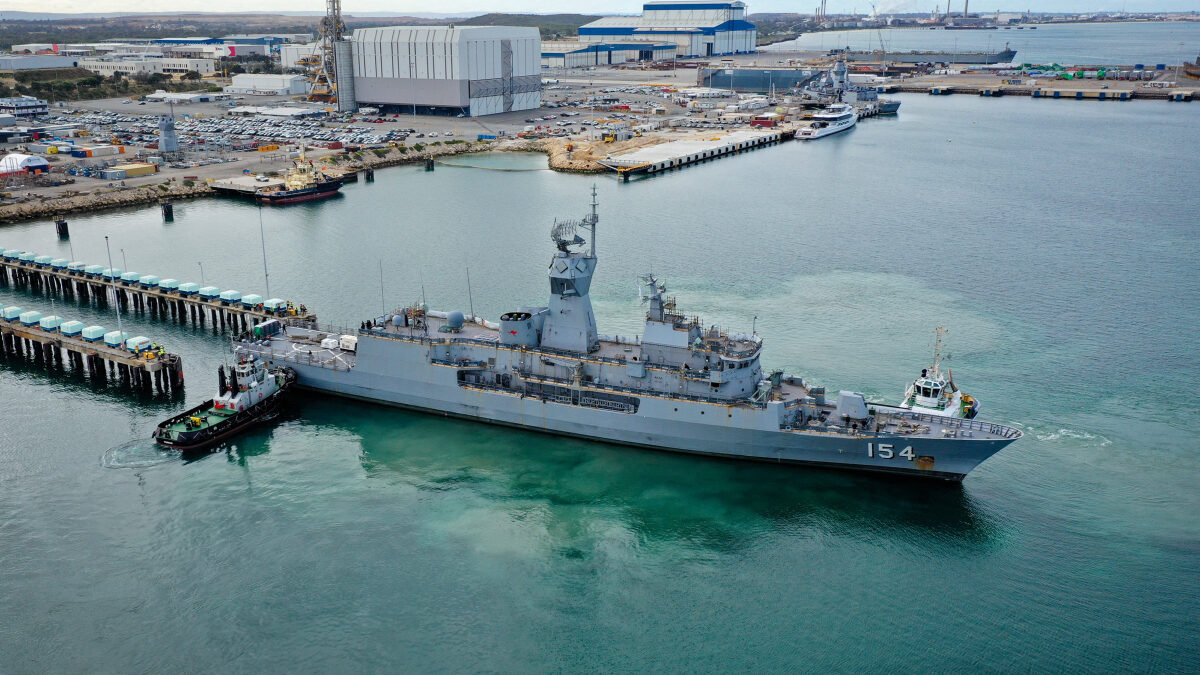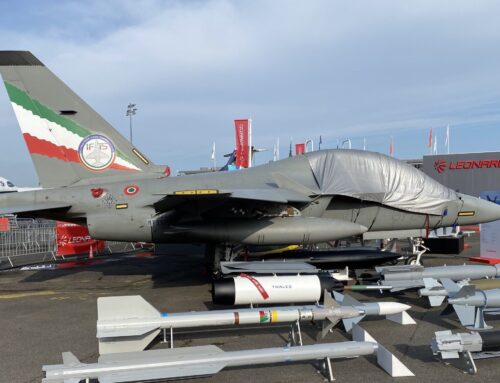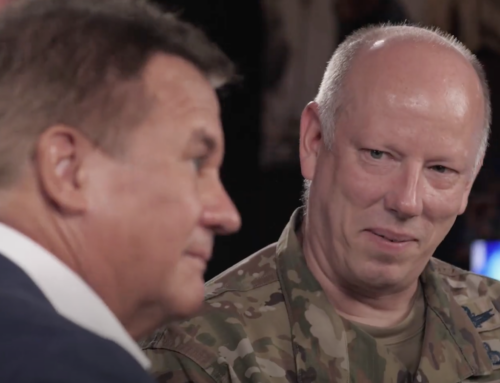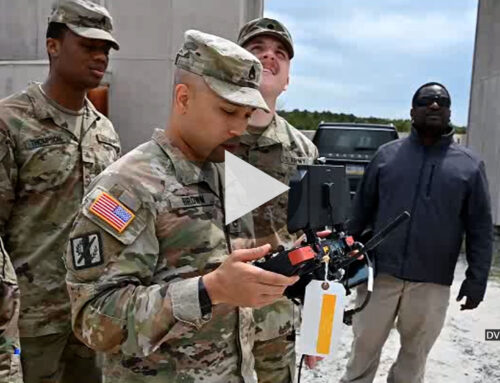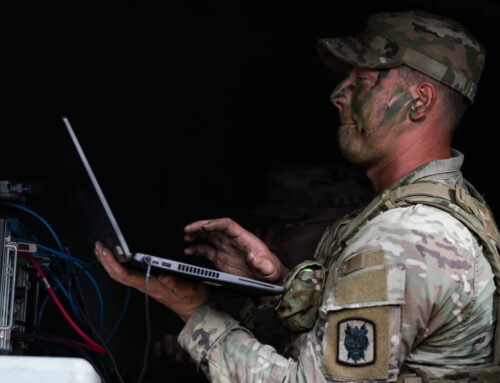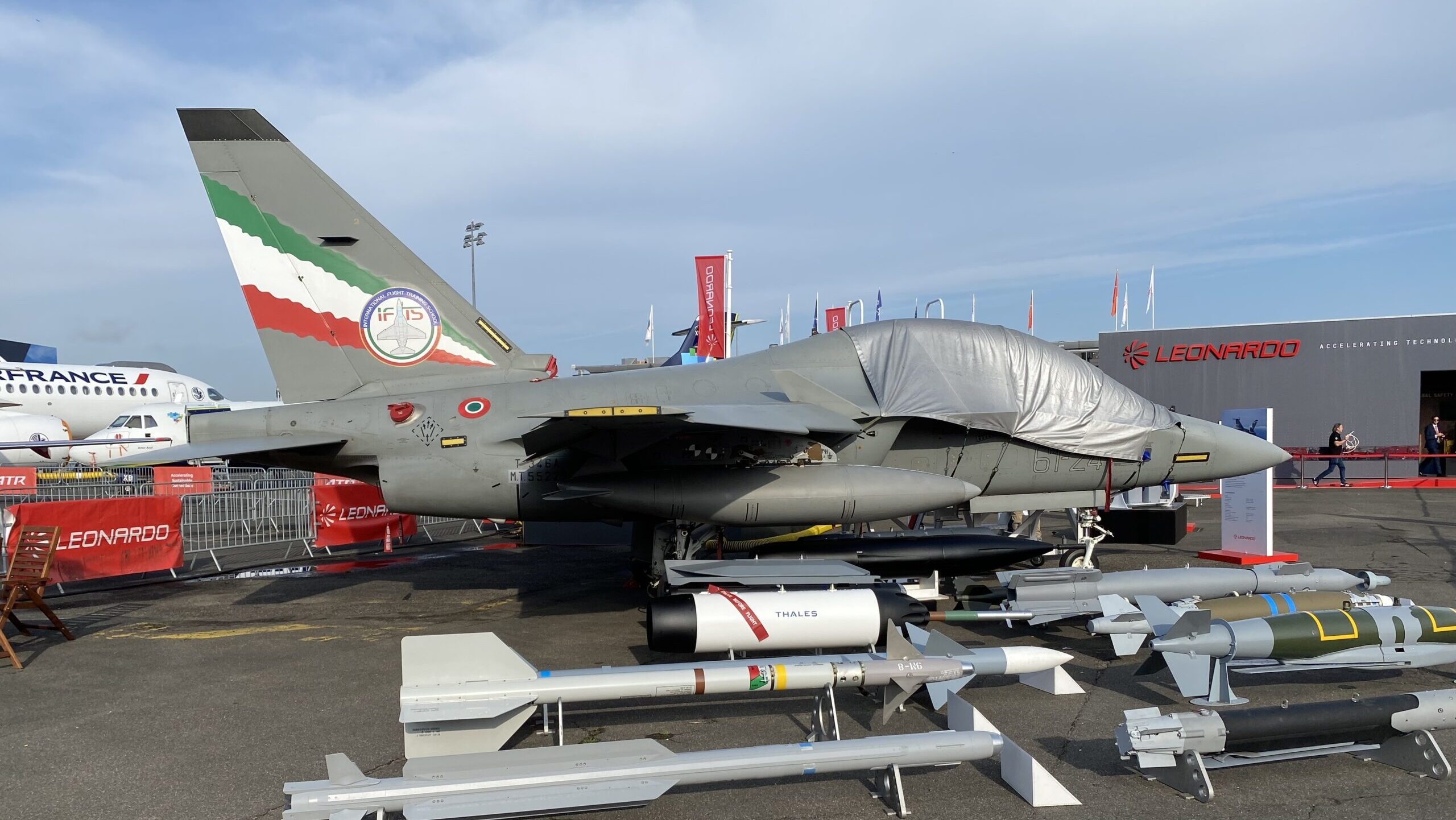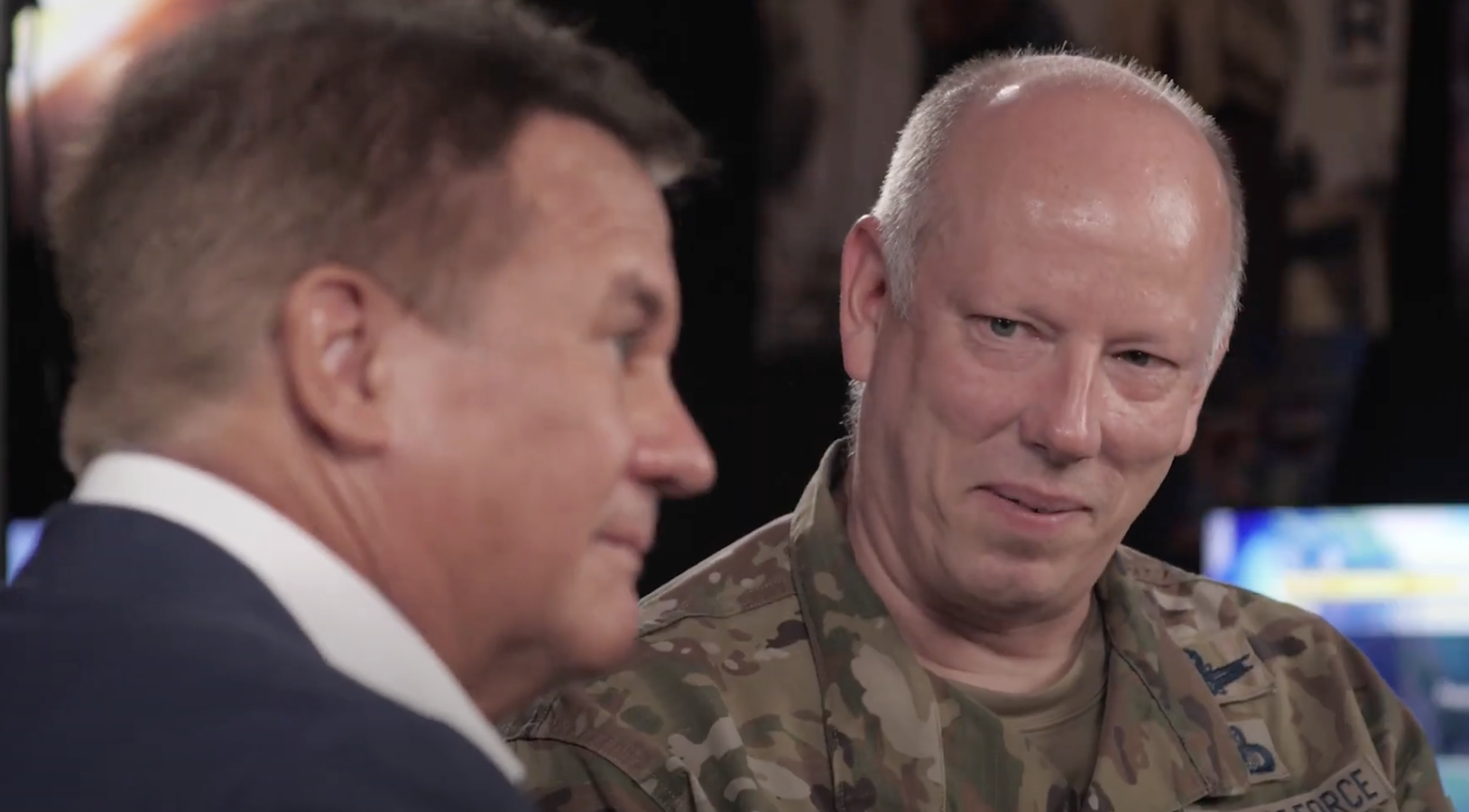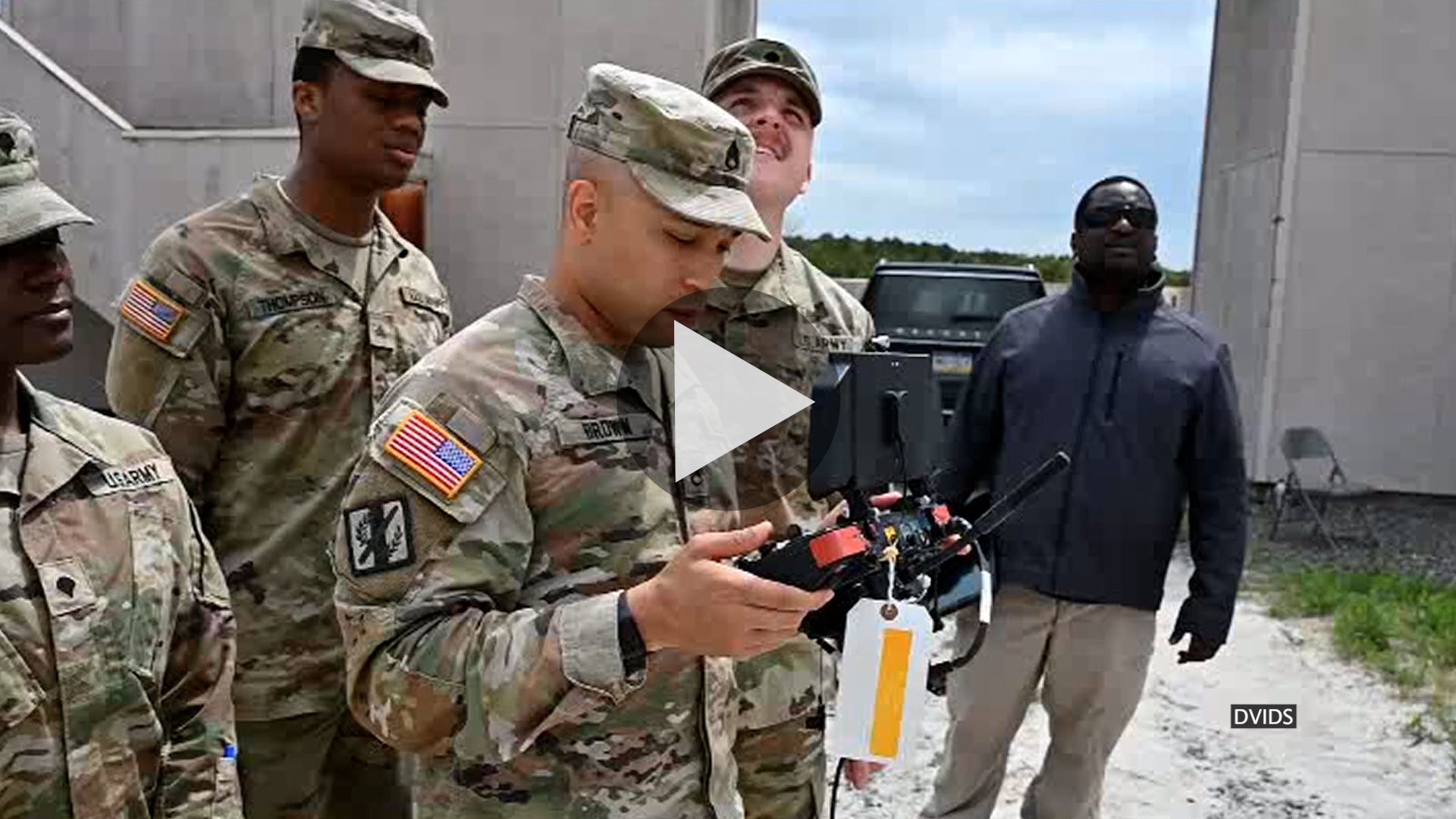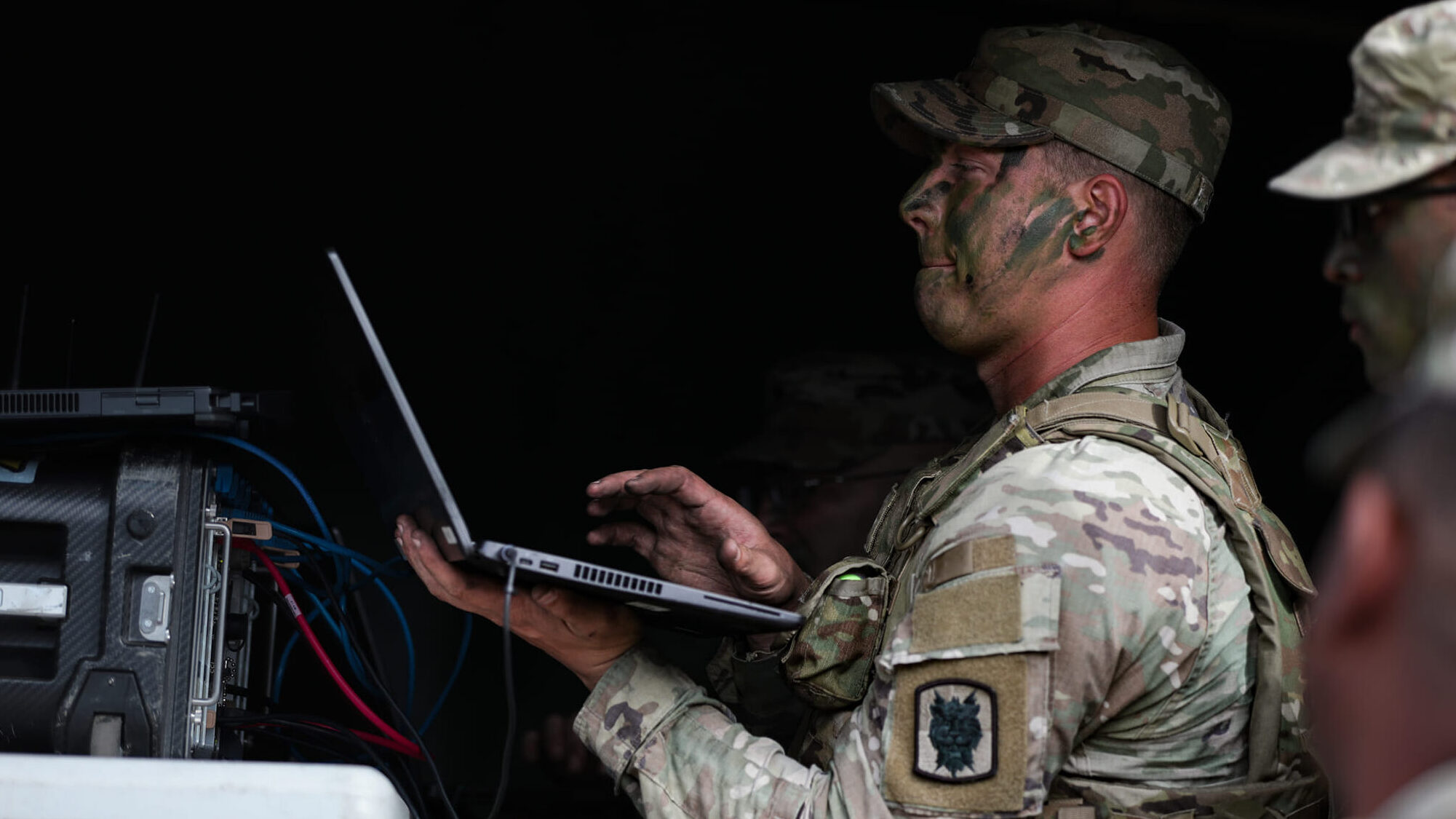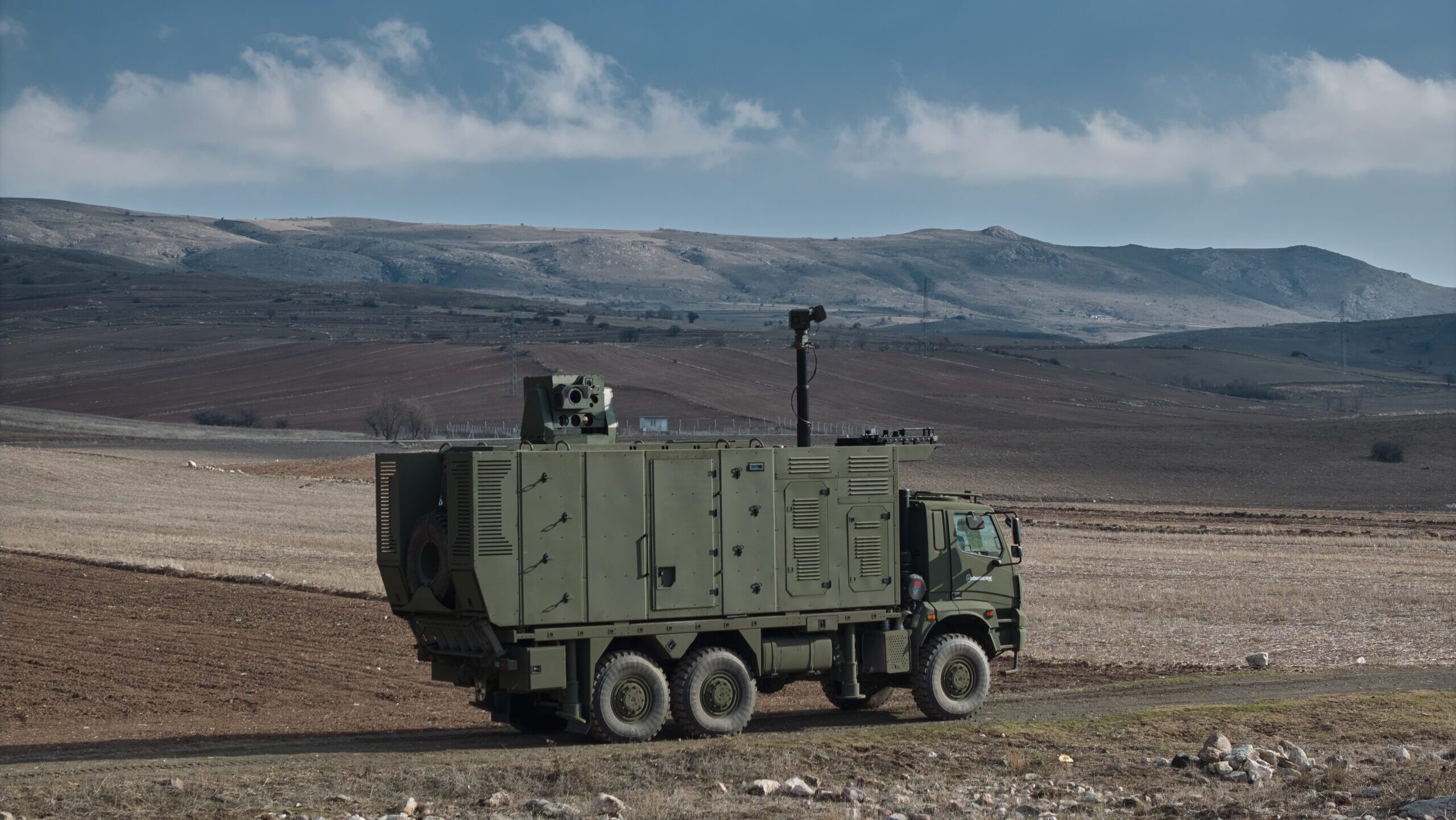HMAS Parramatta arrives at Henderson Shipyard in Western Australia to begin her Anzac Midlife Capability Assurance Program (AMCAP) upgrades. (RAN)
SYDNEY — As it scrambles to double the size of its surface fleet, the Labor government here reportedly has made its first major decision in the $10 billion AUD ($6.6 billion USD) competition to build 11 frigates, picking a German and a Japanese company in the downselect process.
Japan’s Mitsubishi Heavy Industries (MHI) and Germany’s ThyssenKrupp Marine Systems (TKMS) are through the first gate, leaving South Korea’s Hanwha Ocean and Hyundai Heavy Industries (HHI) and Spain’s Navantia in the cold, according to news reports here.
A spokesperson for the Australian Department of Defence declined to comment on the reported downselect, but told Breaking Defense the department “continues to enhance the size and lethality of Navy’s surface combatant fleet, as directed by Government in February 2024, and is progressing the acquisition of Australia’s general purpose frigate by engaging with exemplar platform nations and tenderer.”
The narrowing of the competition was first reported by the Australian Financial Review last week. The government has directed the companies not to discuss the program with the press.
The General Purpose Frigate program (Sea3000) was created as a result of recommendations in the Defense Strategic Review.
To some Australian observers, the German offering is the most favored because the Royal Australian Navy (RAN) is familiar with German shipbuilders and its MEKO A-200 ships have a modular design, allowing integration of Australia’s CEA radars and SAAB’s 9LV combat management system, which is used on many Australian naval platforms including the ANZAC and Canberra classes. The existing ANZAC class fleet of nine is comprised of older MEKO designs.
Meanwhile, the Mitsubishi Mogami 30FFM has an excellent reputation in many quarters, but Japan has never exported a major combat system of this complexity.
In a rare disclosure relating to Sea3000, RAN chief Vice Adm. Mark Hammond said in August that “base crews of 90 to 100” are set to staff the future ships, or 120 personnel when helicopters are deployed.
The frigates are being built in part to replace the aging ANZAC-class ships. The first three ships will be built in the foreign yard of the winner and the rest of the fleet will be built in the Henderson shipyards north of Perth in Western Australia. The fourth ship may be built in the foreign yard, depending on how ready Henderson is at the time. The first one is meant to be delivered in 2029.
However, at least one defense analyst is skeptical the new frigate fleet plan is the best choice for Australia, because of the limited number of Vertical Launching Systems (VLS).
“In my opinion, we need to maximize bang for buck. So maximum firepower combined with advanced sensors and combat systems really matters,” said Malcolm Davis of the independent Australian Strategic Policy Institute. “Both the Hunter-class future frigates (which have now become larger in displacement than some cruisers) and these GP Frigates contenders have limited VLS cells, with these vessels only having 16 cells.”
Locally Made Parts For F-18s, Other Aircraft
In other Australian defense news, Boeing Defense Australia was granted the authority Tuesday to produce the first locally manufactured parts for Australian F/A-18F Super Hornets.
The Military Production Organization Approval (MPOA) authority makes Boeing the fourth company to receive such approval. It can now produce avionics, electrical and mechanical appliances, electrical, wiring and structural harness parts, as well as military display equipment, communication systems and components for the E-7A Wedgetails, P-8A Poseidons, C-17As, F/A-18F Super Hornets, EA-18G Growlers, Chinooks, EC135-T2+ helicopters and the AH-64E Apache.
Davis said this appears to be a parallel to the Guided Weapons and Explosive Ordnance (GWEO) enterprise, designed to boost Australia’s domestic capacity to build and matin long range precision strike weapons and the fuels that power them, he said.
“It contributes to Australia having the means to sustain and support the F/A-18Fs locally, and perhaps support US F/A-18Fs operating out of Australia,” he said. “It would make sense to establish new servicing and support infrastructure along similar lines with GWEO.”


